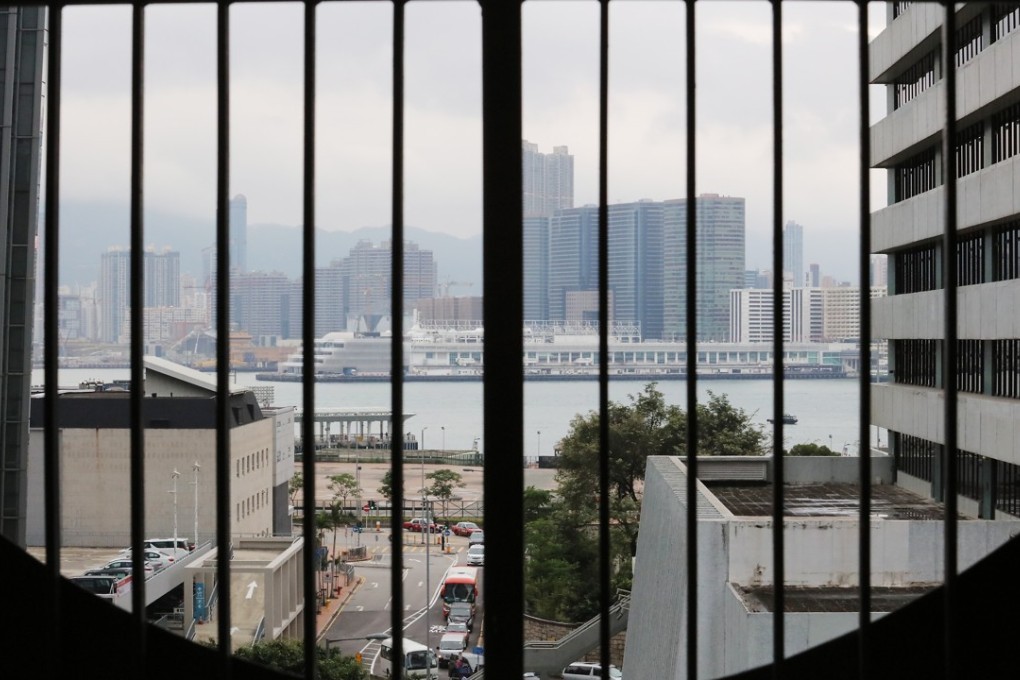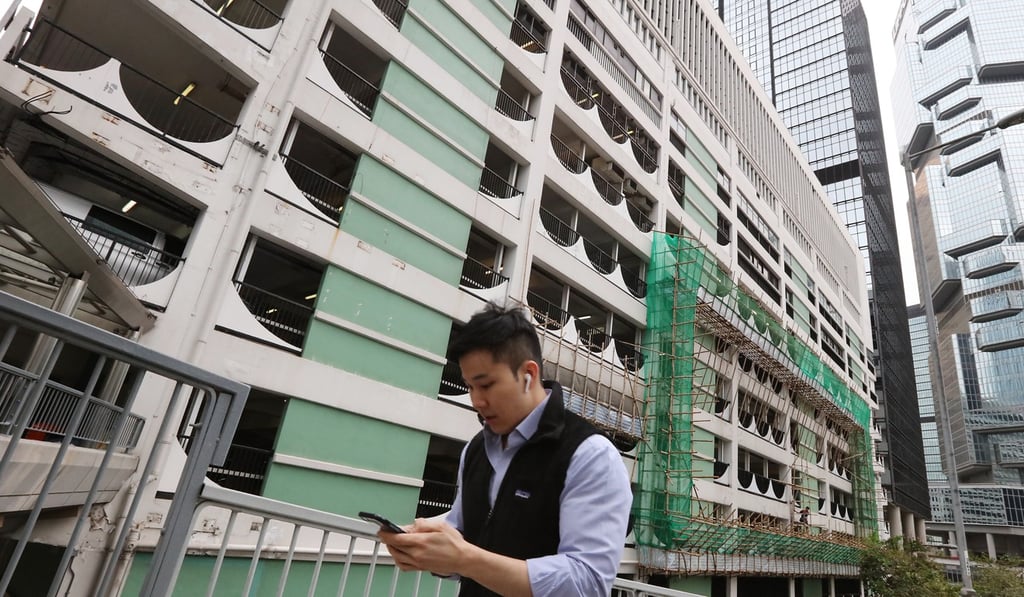Concrete Analysis | HK needs to look beyond the financial returns from real estate development
Developments in sensitive locations should contribute in terms of urban design, visual impact and interconnectivity

The recent sale of the Murray Road car park at a record price clearly demonstrates that there is an appetite for and interest in sites for development in prime locations with Henderson Land Development outcompeting a raft of mainly local developers. However, is it all about money and should the community at large not be taking a greater interest in the design and impact of such developments on their immediate surroundings as well as Hong Kong generally?
Granted, the Hong Kong government has always adopted the role of trustee of the city’s land and sought to maximise the value of any sites offered for sale through the mechanism of competitive auctions or tenders but does it not also have a wider responsibility to ensure that developments in key or highly sensitive locations contribute more broadly to the built environment in terms of urban design, visual impact, interconnectivity with the neighbourhood and significant additions to the public realm? Is it not time for us to consider looking for a more meaningful measure of value and acceptability than simply the highest financial bid?
To be fair, the Murray Road car park site, which is to be developed as a single tower may not represent the base case study although clearly connectivity and visual impact are key considerations but rather there are other more sensitive sites which merit examination in relation to the more holistic approach that I am suggesting might be adopted. In particular I have in mind what is known as Site 3 on the Central Waterfront or, for those who have been following the evolution of the Central reclamation, the “groundscraper” site.

The site includes the current General Post Office and steps down from Statue Square to the waterfront in a series of building blocks with large floor plates intended to target the financial sector. Linkages to the harbour and the ferry piers are proposed at ground level and through the development at podium level and there is a generous allocation of open space. However, the development, albeit low-rise in concept, is to comprise in all some 1.5 million square feet of built area and will have a major impact on not only Central but also the waterfront. There is also the need to address the future of the Post Office and its possible incorporation into the overall scheme of development.
The Planning Department in fairness has attempted to influence the shape and form of the proposed development through the preparation of a planning brief which has been approved by the Town Planning Board and received some public exposure; it is understood that the requirements of the brief will be reflected in the conditions of sale when the site comes to the market, probably later in the year.
However, the question has to be asked as to whether this is sufficient to safeguard the wider public interest, given the prominent location and its influence on both the harbourfront and the city’s principal business district. In my view, the government needs to adopt a more proactive and caring approach to the outcome without restricting the creative and innovative design flair of potential bidders and in many ways this area of the waterfront ought to be designated as a special design area where a more structured bid regime should apply.
